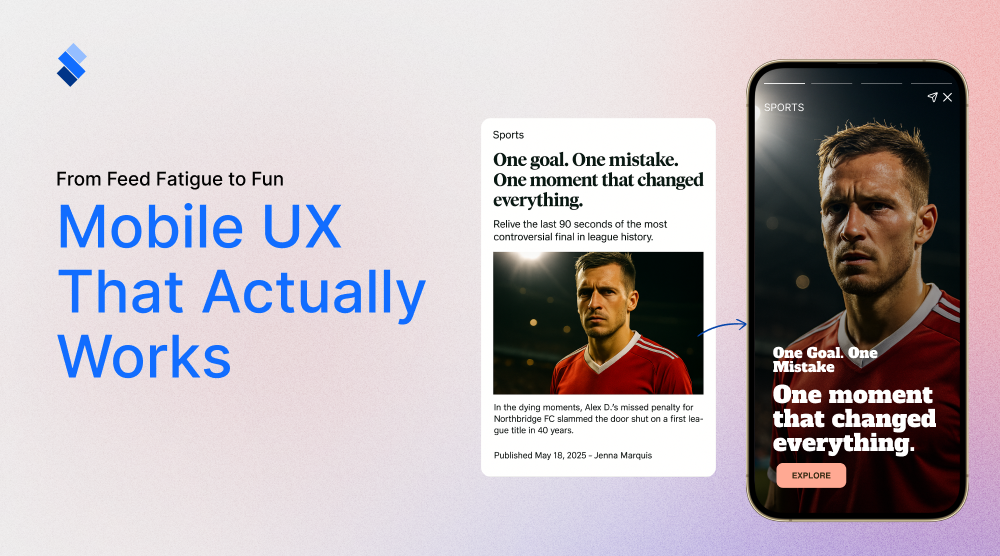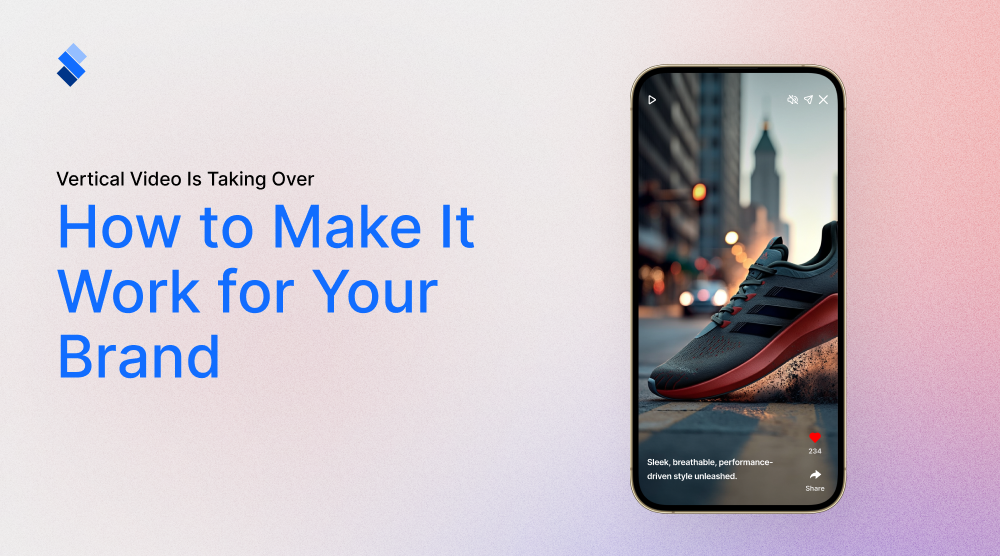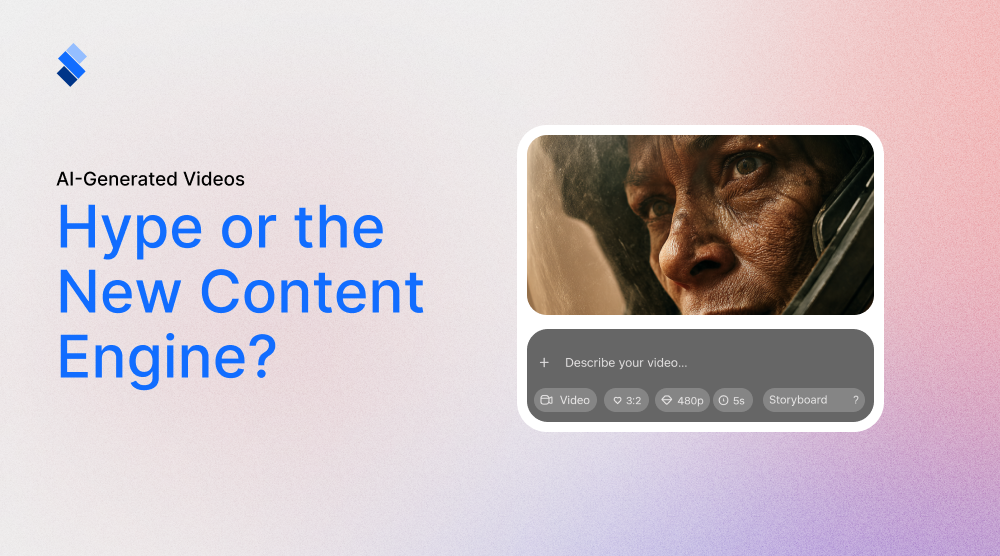How to Become a Better Visual Storyteller (In Marketing and Life)
Whether it's for business or pleasure, we all want to create something that will grab people's attention, deliver the message we want to put out there in the world and if at all possible - establish a strong emotional connection. We want to be understood, accepted, and appreciated when it comes to our online existence (in all honesty, offline too). One of the most effective ways to reach those goals is (surprise, surprise) visual storytelling.
.png)
Whether it's for business or pleasure, we all want to create something that will grab people's attention, deliver the message we want to put out there in the world and if at all possible - establish a strong emotional connection. We want to be understood, accepted, and appreciated when it comes to our online existence (in all honesty, offline too). One of the most effective ways to reach those goals is (surprise, surprise) visual storytelling.
Assuming that you're already aware of its basics and possible formats and technicalities, you may think "awesome, piece of cake!", However, if you want to get your desired results, traffic, and ROI, you have to stay informed about the freshest tips and tricks of your craft for the sake of your web stories!
Do you think that people are going to remember your brand if what you put out is mediocre content, without much pre or after though? Nowadays, we have so many choices when it comes to online entertainment and content. You have to be aware of that fact, and produce your visual content with optimum engagement in mind.
To cut a long story short, the Storfyme team is here at your service (as per usual) for all things story-related, and we will gladly share a few ideas that will keep you on the right track - on your way to mastering visuals of product storytelling.
Make Sure You Have a Compelling Story, for Starters

Be careful, a visual narrative is not only a pretty picture, or a stock video slammed on your company's Facebook wall here and there. Even if you're the best storyteller on this planet, unless you have an overarching idea and a concrete reason behind your narrative, without a proper strategy, guiding your every move - your results will be far from excellent.
Crafting a compelling online presence unified across all the mediums the internet offers, or at least at those which your target audience deems most important is crucial, but before all of that is said and done, make sure you have something worth telling or sharing.
Whether you're going all-in with visuals or sticking to writing, every smart storyteller will tell you to make sure that you're not serving people fluff that's not worthy of their time, regardless of the format it is delivered in. And speaking of words:
Distinguished Visual Storytellers Know When and How to Use Words
Text and pictures combined are the true powerhouses of any kind of marketing. The combination of these can and should help you deliver your message loud and clear to your target audience. And although pictures have their perks, exceptional visual storytellers will never cut out text completely.
Why?
Words are necessary:
- when the additional context is needed
- when captions are required
- when your storified ad needs a powerful "call to action"
Besides, the quality of your textual content will help you rank well and make your website and stories trending, and a lot easier to find in the ever-growing sea of the internet content. Indeed, word-heavy stuff like whitepapers, e-books, case studies can sometimes get boring, but they offer a lot of data and precision when creating and executing any marketing strategy. They are what makes all other content meaningful and trustworthy.
Remind Yourself: Your Story Has to Have a Proper Structure

Many storified guides can get you up to speed when it comes to visual marketing, but it's always useful to have the tried and tested basics in mind. People have figured out that these narrative components can stand the test of time, so always make sure your story has a:
- Conflict of some kind; any kind relatable to your brand and potential customers will do the trick. Have an obstacle to overcome the included, an opponent to beat, and something to raise the stakes. That kind of action will make your online presence more memorable
- Proper pacing! Give your story's narrative momentum, a specific tempo that makes it fun to observe and follow
- Summarizable main point. Try to simplify your story as much as possible. If it can be summed up in one sentence, you're golden. Complicated visual (and textual) elements are too distracting, so if you want people to actually purchase something when visiting your storified microstore - don't complicate things. Nobody likes a story that's too ambitious for its own good
- Poignant use of contrast and size. Use these pillars of visual storytelling language to your benefit, whenever you're trying to emphasize the differences and importance of crucial elements of your narrative
Better Storytellers Plan Ahead and Have a Reason for Everything That You're Doing
With all the data necessary to back it up! You should know what kinds of visual content do you have ideas/means/time to execute, from the top of your head. From there, create a strategy on how to create and breathe life into your ideas and present them in the best possible way, meaning: choose your "social media" weapon carefully.
The nature of content chooses the channel of its delivery and vice versa. Every social platform has its perks and negatives. Infographic won't do much for you on YT, but it will be a wonderful addition to any storified article.
Be Your Own and Never Stop Learning
Don't attempt to be trendy or relatable just for the sake of being popular. That is not saying that you should avoid popular things at all costs, they certainly can make a colorful addition to your story, but they will be a good essence of it.
Find out as much as you can about your target audience, what motivates them and how can your brand solve their problems. Be aware of the difference between the story you want to share and the story they want to hear/see. Fantastic storytellers will find ways to do both at the same time!
Learn from the mistakes of others, not just your own (not only in marketing but generally, in life too), and then determine what works best for you, your vibe, and your people.
All things considered, that's how you become a better visual storyteller.







